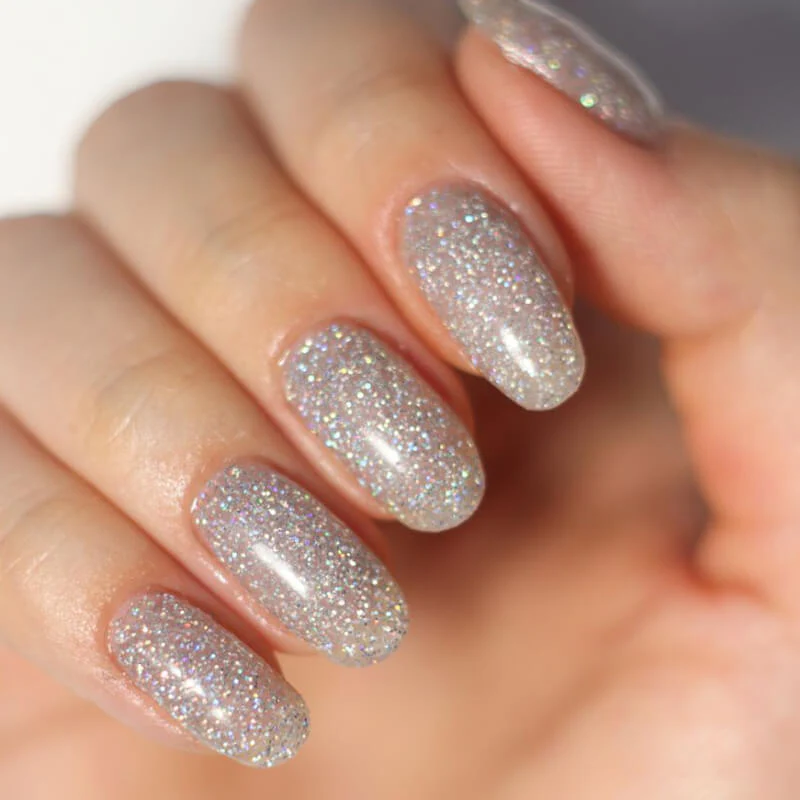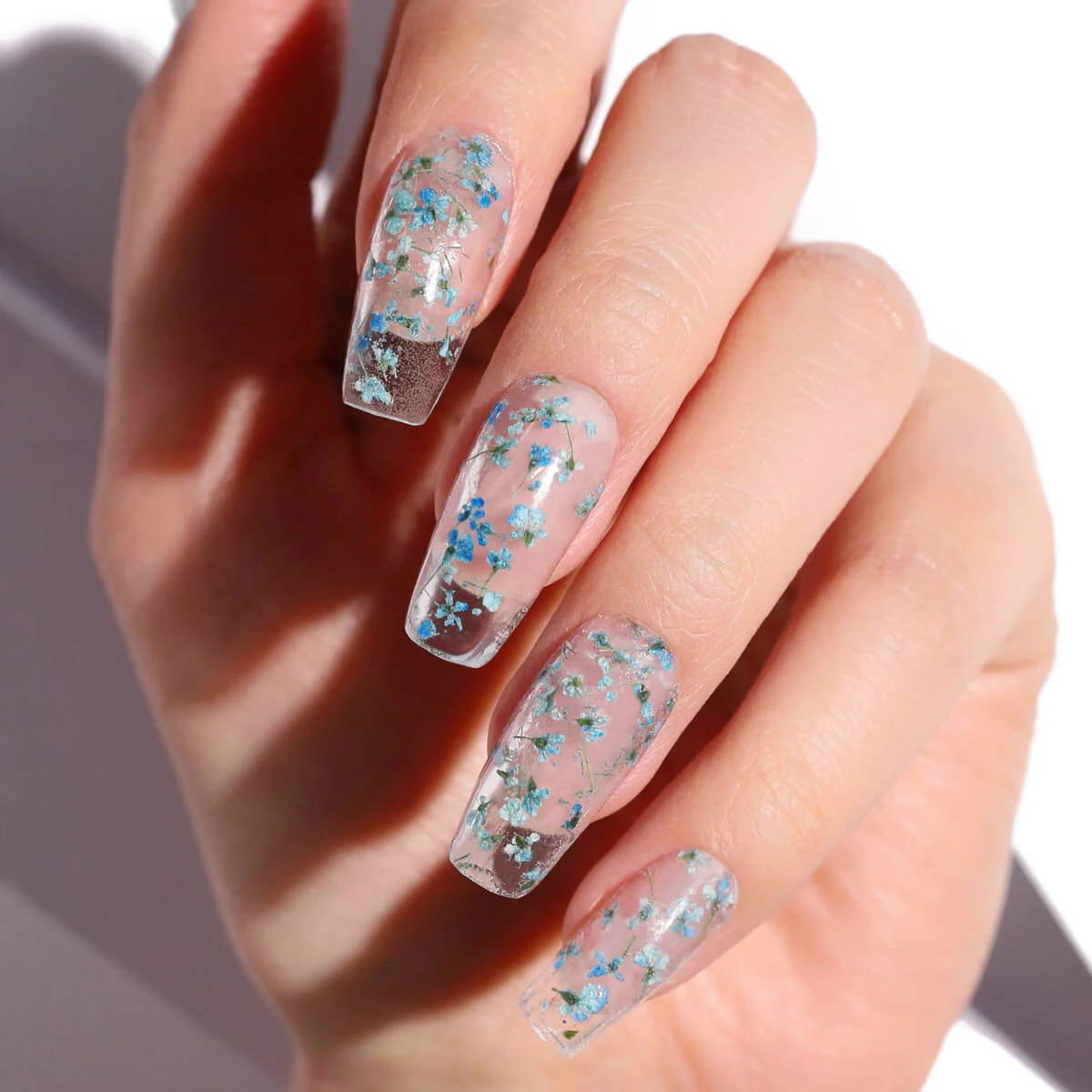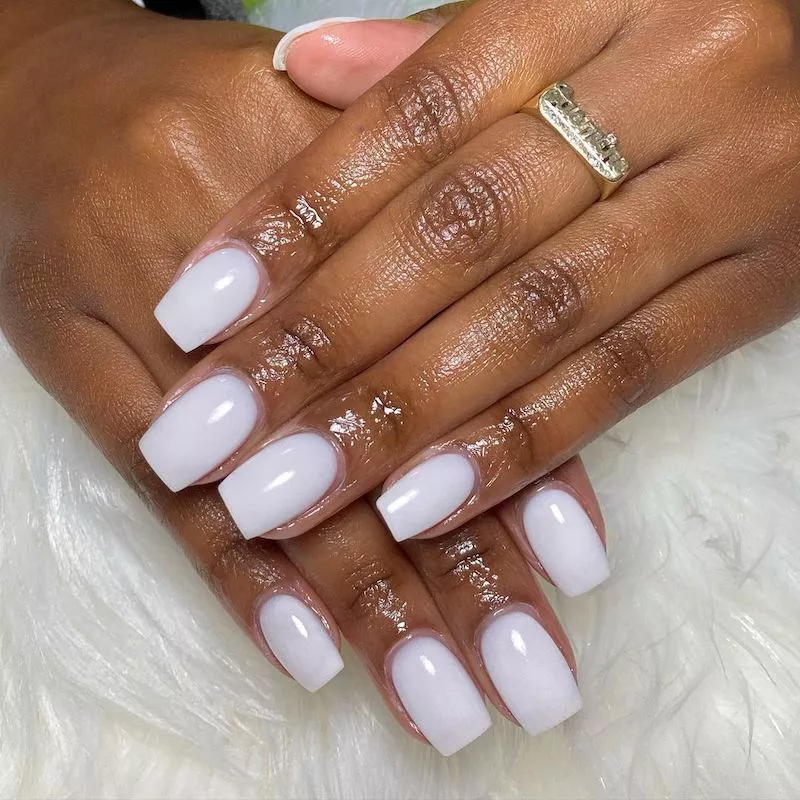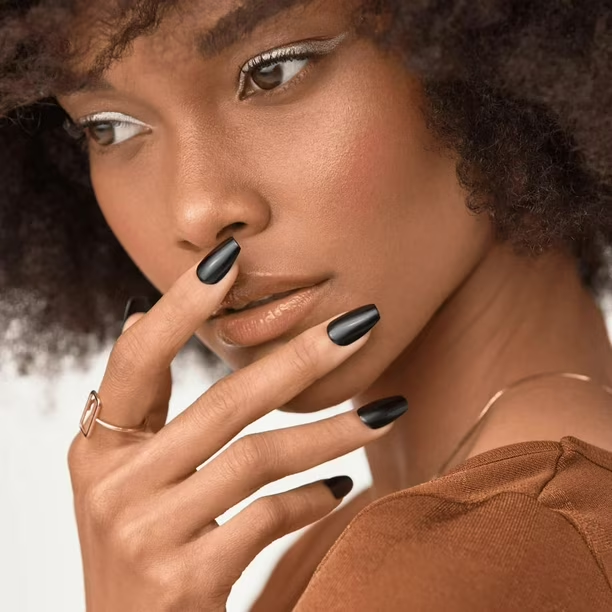
Dip Powder Nails: A Revolution in Nail Care
Understanding Dip Powder Nails
Dip powder nails have revolutionized the manicure industry, offering a durable and long-lasting alternative to traditional nail polish and gel manicures. This innovative technique involves dipping the nail into colored powder, which adheres to a special bonding agent. The result is a smooth, even coat that can last up to four weeks without chipping or fading. Dip powder systems typically consist of a base coat, colored powder, activator, and top coat. Each layer works together to create a strong, resilient finish that protects the natural nail. Unlike gel or acrylic nails, dip powder doesn’t require UV light to cure, making it a safer option for those concerned about UV exposure.
Additionally, the application process is generally quicker than other long-lasting manicure methods. Dip powder nails come in a wide variety of colors and finishes, from classic neutrals to bold, glittery shades. This versatility allows for endless creativity in nail design. Moreover, dip powder nails tend to feel lighter and more natural on the nails compared to acrylics. As a result, they’ve gained popularity among those seeking a balance between durability and nail health. The growing trend of dip powder nails has led to an increase in both salon offerings and at-home kits, making this manicure option accessible to a wide range of nail enthusiasts.

The History and Evolution of Dip Powder Nails
Dip powder nails, while seemingly new, have roots dating back several decades. The concept of dipping nails into powder to create a durable finish originated in the 1980s. However, early versions of the technique were less refined and often resulted in thick, unnatural-looking nails. Over time, advancements in nail care technology improved the formulation of dip powders and application methods. The modern dip powder system, as we know it today, gained significant popularity in the mid-2010s. This resurgence came with improved formulas that offered better adhesion, more natural-looking results, and a wider range of colors.
The Dip Powder Application Process
The application of dip powder nails follows a specific process to ensure durability and a flawless finish. First, the nail technician prepares the natural nails by cleaning, shaping, and buffing them. This step creates a smooth surface for the powder to adhere to. Next, a base coat or bonding liquid is applied to the nail. While the base coat is still wet, the nail is dipped into the colored powder. The excess powder is gently brushed off, revealing an even coat of color. This process of applying the base coat and dipping into powder is typically repeated two to three times to build up the color and strength of the manicure. After the final dip, an activator is applied to the nail.
This liquid hardens the powder, creating a durable finish. Once the activator dries, the nail technician shapes and buffs the hardened powder to achieve the desired nail shape and smoothness. Finally, a top coat is applied to seal the manicure and add shine. Some systems may require a UV light to cure the top coat, while others air dry. The entire process usually takes about 45 minutes to an hour, depending on the skill of the technician and the complexity of the nail design. One of the advantages of dip powder nails is the quick drying time – clients can usually use their hands immediately after the manicure is complete.

Benefits of Choosing Dip Powder Nails
Dip powder nails offer several advantages over traditional manicure methods. Firstly, they provide exceptional durability, often lasting up to four weeks without chipping or fading. This longevity makes them an excellent choice for those with busy lifestyles or anyone who wants to maintain a polished look with minimal maintenance. Additionally, dip powder nails tend to be stronger than regular nail polish, helping to protect the natural nail from breaking or splitting. Another benefit is the quick application and drying process. Unlike gel nails, which require curing under a UV lamp, dip powder nails dry almost instantly, reducing the risk of smudges or dents.
The powder application also creates a smoother, more even finish compared to brushed-on polishes. Furthermore, dip powder systems often contain vitamins and calcium, which can help strengthen the natural nail over time. For those concerned about nail health, dip powder nails are generally considered less damaging than acrylics, as they don’t require harsh filing or drilling of the natural nail. The removal process is also typically gentler, involving soaking rather than scraping or peeling. Lastly, dip powder nails offer versatility in terms of design options. The wide range of available colors and the ability to create ombre effects or add glitter make dip powder nails suitable for any style or occasion.
Comparing Dip Powder to Other Nail Enhancement Methods
When considering nail enhancement options, it’s important to understand how dip powder compares to other popular methods. Gel nails, for instance, share some similarities with dip powder in terms of durability and shine. However, gel nails require UV light to cure, which some clients prefer to avoid. Acrylic nails, on the other hand, offer more opportunities for length extension and sculpting but tend to be thicker and less natural-looking than dip powder. Traditional nail polish, while the most accessible option, lacks the longevity and durability of dip powder.
In terms of application time, dip powder falls between regular polish and acrylics, offering a good balance of efficiency and results. When it comes to nail health, dip powder is often considered less damaging than acrylics but may be more stressful on nails than regular polish or certain gel systems. The removal process for dip powder is generally easier and less damaging than removing acrylics or some gel polishes. Cost-wise, dip powder manicures typically fall in the mid-range, more expensive than regular polish but often less costly than a full set of acrylics. Each method has its pros and cons, and the choice often depends on individual preferences, lifestyle, and nail health concerns.

Maintaining Dip Powder Nails
Proper maintenance of dip powder nails can extend their lifespan and keep them looking fresh. Regular moisturizing of the cuticles and surrounding skin helps prevent dryness and cracking, which can affect the longevity of the manicure. Wearing gloves while doing household chores or working with water can protect the nails from excessive moisture and harsh chemicals. Avoiding the use of nails as tools for opening cans or scratching surfaces is crucial in preventing chips or breaks. If a chip does occur, resist the urge to pick or peel at the dip powder. Instead, file down the chipped area smoothly and apply a clear top coat to seal it temporarily.
For touch-ups between full manicures, some salons offer “dip dip” services, where only the grown-out area near the cuticle is reapplied. To maintain the shine of dip powder nails, gently buff the surface with a high-grit buffer or apply a fresh layer of top coat every week. When it’s time for removal, it’s best to have it done professionally to avoid damaging the natural nail. However, if removing at home, soak the nails in acetone wrapped in foil for about 15 minutes, then gently push off the loosened powder. After removal, give your natural nails a break and apply nourishing oils or treatments to restore moisture and strength.
DIY Dip Powder Nails at Home
The rising popularity of dip powder nails has led to an increase in at-home kits, allowing enthusiasts to achieve salon-quality results in the comfort of their own homes. These kits typically include all the necessary components: base coat, colored powders, activator, top coat, and tools for application. When attempting DIY dip powder nails, preparation is key. Start by thoroughly cleaning and shaping the nails, pushing back cuticles, and creating a smooth surface. Apply the base coat carefully, ensuring even coverage. When dipping into the powder, use a gentle tapping motion to remove excess and achieve an even layer.
Repeat the base coat and powder steps for optimal coverage and durability. After applying the activator and allowing it to dry, shape and buff the nails to your desired finish. Finally, apply the top coat for a glossy, protected finish. While DIY dip powder nails can save money and time, they require practice to master. Common challenges include achieving an even application and avoiding clumps or thick areas. It’s important to work in thin layers and take your time. Additionally, proper ventilation is crucial when working with dip powder and activators at home. With patience and practice, many find that they can achieve professional-looking results with at-home dip powder kits.
Health and Safety Considerations
While dip powder nails offer many benefits, it’s important to consider potential health and safety concerns. One primary concern is the hygiene of the dipping process in salons. To prevent the spread of bacteria and fungi, reputable salons should use separate containers of powder for each client or pour the powder over the nail instead of dipping directly. The fine particles in dip powders can also pose a respiratory risk if inhaled, so proper ventilation in salons is crucial. Some dip powder systems contain chemicals like methacrylate monomers, which can cause allergic reactions in sensitive individuals. It’s advisable to perform a patch test before getting a full set of dip powder nails, especially for first-time users.
The removal process, if done improperly, can damage the natural nail. Excessive filing or forceful removal of dip powder can lead to thinning and weakening of the nail plate. Additionally, frequent application and removal of any nail enhancement system can lead to dryness and brittleness of the natural nails. To mitigate these risks, it’s important to choose a reputable salon with trained technicians and to give your natural nails regular breaks between applications. Proper aftercare, including moisturizing and gentle handling, can help maintain nail health. For those with pre-existing nail conditions or sensitivities, consulting with a dermatologist before trying dip powder nails is advisable.

Trends and Innovations in Dip Powder Nails
The world of dip powder nails continues to evolve, with new trends and innovations emerging regularly. One notable trend is the development of healthier formulations. Many brands now offer dip powders free from harsh chemicals like formaldehyde, toluene, and DBP, catering to health-conscious consumers. Another innovation is the introduction of dip powders with added nail-strengthening ingredients such as calcium and vitamins. In terms of aesthetics, the range of available colors and finishes continues to expand.
Holographic and color-changing powders have gained popularity, offering unique and eye-catching effects. Ombre and gradient techniques using multiple dip powder colors have also become trendy, allowing for more creative and personalized designs. Some brands have introduced dip powder systems that don’t require a separate activator, streamlining the application process. Additionally, advancements in removal techniques aim to make the process gentler on natural nails.
The rise of social media has fueled the popularity of intricate dip powder nail art, with technicians showcasing increasingly complex designs. As sustainability becomes a greater concern in the beauty industry, some brands are exploring eco-friendly packaging and formulations for dip powder systems. These ongoing innovations and trends indicate that dip powder nails will continue to evolve and maintain their popularity in the nail care market.
The Future of Dip Powder Nails in the Beauty Industry
As the beauty industry continues to evolve, dip powder nails are poised to play a significant role in shaping future trends and technologies. The ongoing demand for long-lasting, low-maintenance nail solutions suggests that dip powder systems will continue to be refined and improved. Experts predict that future formulations will focus even more on nail health, potentially incorporating treatments and strengthening agents directly into the powder.
The rise of customization in beauty products may lead to the development of bespoke dip powder systems, allowing clients to create their unique colors and finishes. Advancements in nail technology could result in smart dip powders that change color based on temperature or UV exposure, offering an interactive and dynamic manicure experience. The integration of augmented reality (AR) in beauty apps may allow users to virtually try different dip powder colors and designs before committing to a manicure.
As sustainability becomes increasingly important, the industry may see a shift towards biodegradable or eco-friendly dip powder formulations. The DIY market for dip powder nails is likely to expand, with more user-friendly kits and online tutorials making the technique accessible to a broader audience. However, professional application will likely remain popular for its precision and expert finish.

